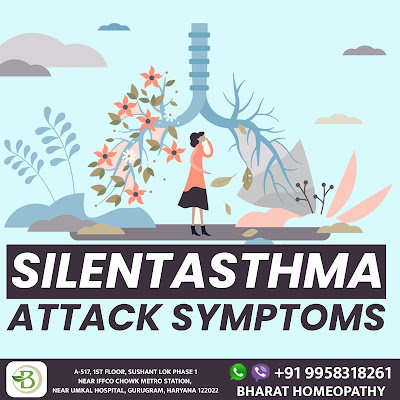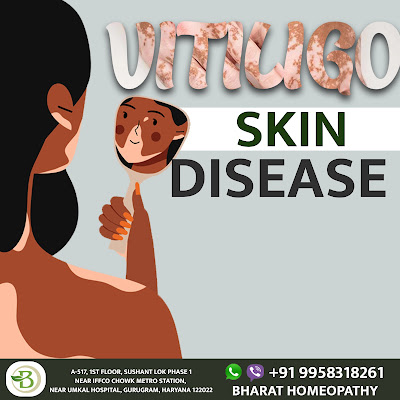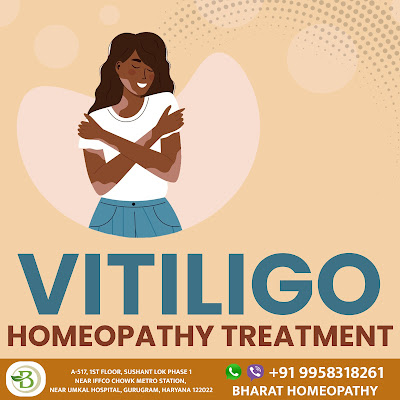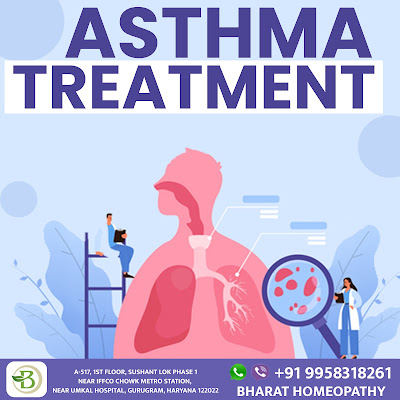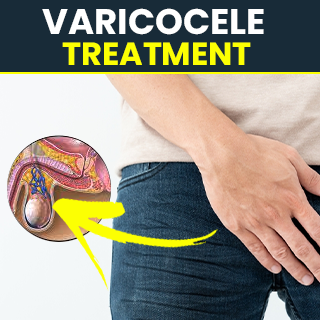The disorder known as cardiac asthma, often called congestive heart failure, has symptoms associated with the disease comparable to those of typical asthma but with a different underlying cause. The reason is the main difference between cardiac asthma and regular asthma. While classic asthma is distinguished by inflammation and airway constriction, cardiac asthma is predominantly brought on by heart failure. For each of these problems, there are several therapy philosophies.
Addressing the underlying heart disease is a necessary part of managing cardiac asthma. It's frequently advised to make lifestyle changes, including reducing salt intake, controlling weight, and eating a heart-healthy diet. It's critical for those with cardiac asthma symptoms to get help immediately.
Home remedies for asthma cannot replace professional care, although they may add to managing allergic asthma symptoms. Home cures shouldn't take the place of prescription drugs or medical guidance. You should consult an asthma doctor specialising in asthma treatment for an accurate diagnosis and effective treatment plan.
A few of the causes of asthma are as follows:-
The disease tends to run in families, which raises the possibility that there is a genetic component.
Allergens: Exposure to specific allergens can cause allergic symptoms in those who are sensitive. Common allergies include pollen, dust mites, pet dander, mould spores, and specific foods.
Environmental influences: A number of environmental influences may be responsible for the emergence or escalation of severe symptoms. These include workplace risks like dust, fumes, and chemicals, exposure to tobacco smoke (both active and passive smoking), air pollution, and chemical irritants.
Infections of the respiratory tract: Acute attacks or other respiratory infections, particularly viral infections, can cause symptoms of the disease.
Irritants to the respiratory system, including strong smells, perfumes, smoke, and chemical fumes, can irritate the airways and exacerbate the symptoms.
Hormonal factors: Conditions like pregnancy or puberty might have an impact on the symptoms. It’s symptoms in certain women may be correlated with their menstrual cycle.
Keep in mind that causes and triggers can vary from person to person and that not everyone will experience the exact causes. People with the disease can live healthy, well-controlled lives by being aware of their triggers, avoiding them, and receiving the proper medical care.
Homeopathic treatment for asthma works by taking medication and altering one's lifestyle. The objectives of treatment are to improve overall lung function, control the symptoms, and lessen the frequency and severity of the attacks.
It's essential to work closely with a medical specialist, usually a pulmonologist or allergist, to develop a tailored treatment strategy.
